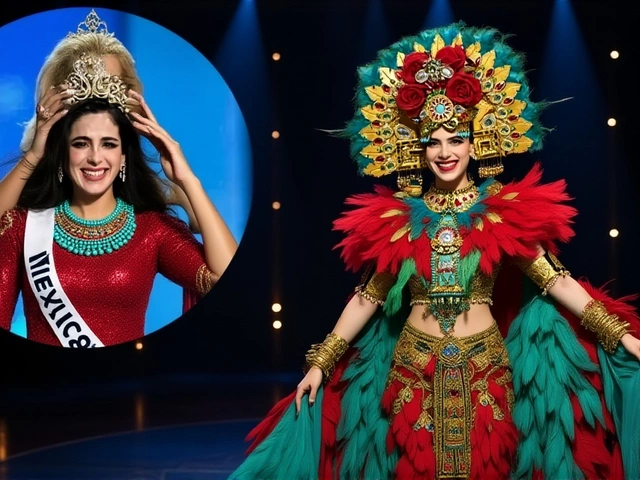Cultural Cuisine: Exploring South Asia’s Food Traditions
When you think of South Asian food, what pops into your head? Maybe it’s a steaming plate of biryani, a bowl of spicy curry, or a sweet mango lassi. The truth is, the region’s cuisine is a patchwork of countless regional dishes, each with its own story. In this guide we’ll break down the biggest myths, especially the ones that pop up in the US, and show you how to enjoy the real flavors from India, Pakistan, Bangladesh, Sri Lanka, Nepal, Bhutan and the Maldives.
Why Indian Food Gets Misunderstood in the US
One common mistake is treating “Indian food” as a single, uniform style. In reality, India is a country of 28 states, each with its own climate, crops and spice blends. A dish from Kerala’s coconut‑rich coast tastes nothing like a wheat‑based tandoori from Punjab. Add to that the fact that many dishes Americans know—like chicken tikka masala—were actually invented in Britain, not India. That’s why the US often mixes up regional flavors and calls everything “curry”. The result? A bland, watered‑down version that misses the heat, depth, and local ingredients that make each region special.
Discovering the Real Flavors of South Asia
Want a taste of authenticity? Start small. Try a Gujarati thali: a balanced plate of sweet, salty, and slightly sour dishes served on a single platter. Or dig into a Nepali momo—steamed dumplings filled with spiced meat or veggies, served with a tangy tomato dip. If you’re craving heat, reach for a Bangladeshi bhuna, where slow‑cooked meat absorbs a rich blend of mustard seeds, cumin and fresh chilies. Each bite tells a story about the people, the land, and the centuries of trade that shaped the spice mix.
When you explore these foods, pay attention to the ingredients that define each region: mustard oil in Bengal, coconut milk in Sri Lanka, dried red chilies in Nepal, and fresh herbs like coriander and mint across the subcontinent. Learning these details helps you spot the real deals from the American‑style shortcuts that dominate many menus.
Another tip: don’t be scared of the heat. Many South Asian dishes come in different spice levels. Restaurants often serve a milder version first, then let you add extra chilies or pepper flakes. That way you can control the heat while still getting the complex flavor layers—sweet, sour, bitter and umami—all in one bite.
Finally, remember that food is culture. Eating a traditional feast means sharing stories, celebrating festivals, and respecting the rituals that go with each dish. Whether you’re at a street market in Dhaka or a family dinner in Kathmandu, the food connects you to a larger community.
So next time you see a menu that just says “Indian” or “Curry”, think twice. Look for the regional name—like “Rajasthani dal” or “Kerala fish curry”—and you’ll get a far richer, more authentic experience. Happy tasting!
The US often gets Indian food wrong due to cultural misunderstandings. Dishes like tikka masala, which is a British invention, are mistakenly perceived as Indian. Indian cuisine is not just a single type of food but rather a vast array of regional dishes and flavors. Each region has its own unique set of ingredients, spices, and flavors that make up its cuisine. Furthermore, Indian food can range from the mild and subtle to the fiery and intense. To truly appreciate and understand Indian food, one must take the time to explore all its nuances and complexities. It is important to appreciate the culture that has shaped the cuisine and understand the differences between regions.




